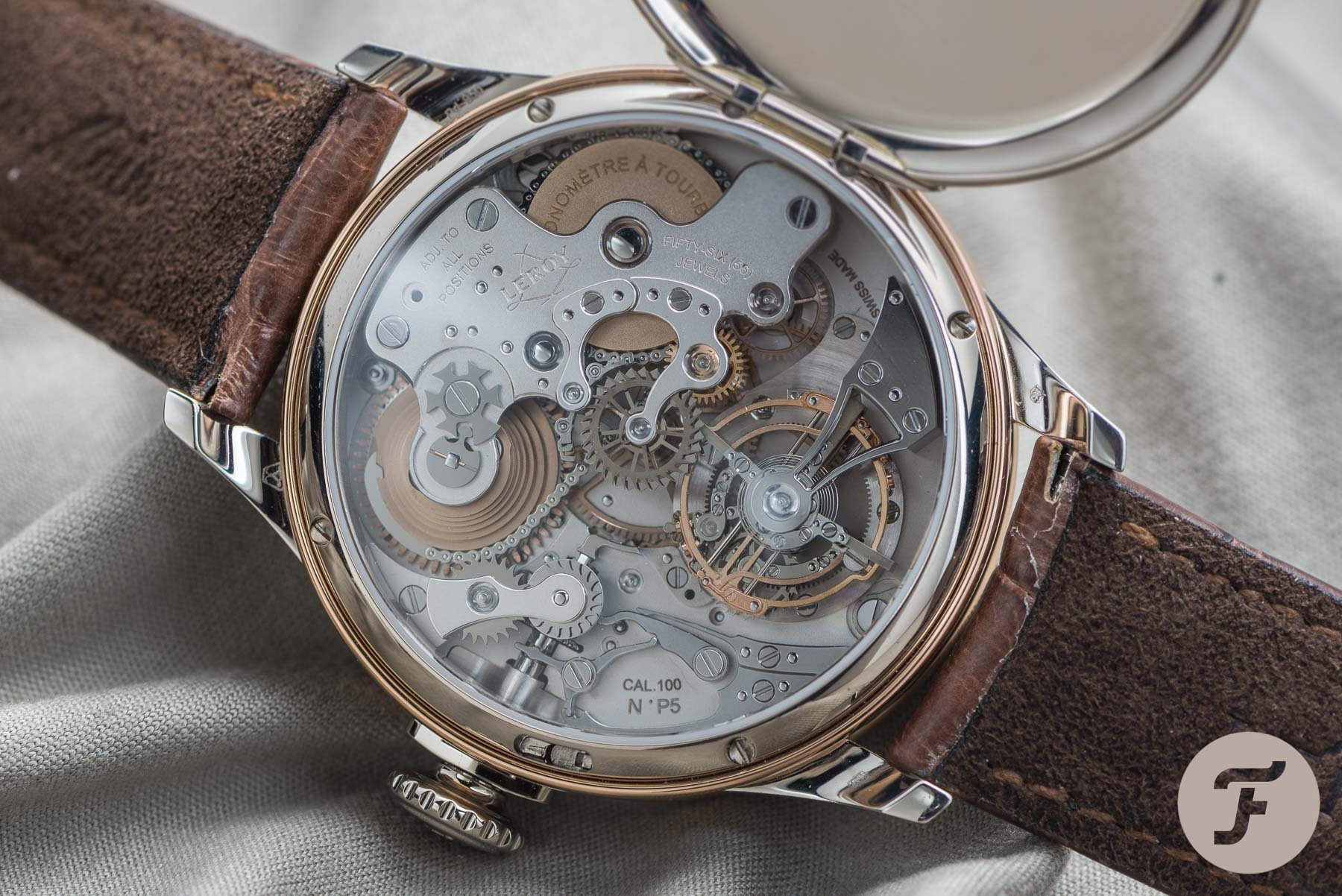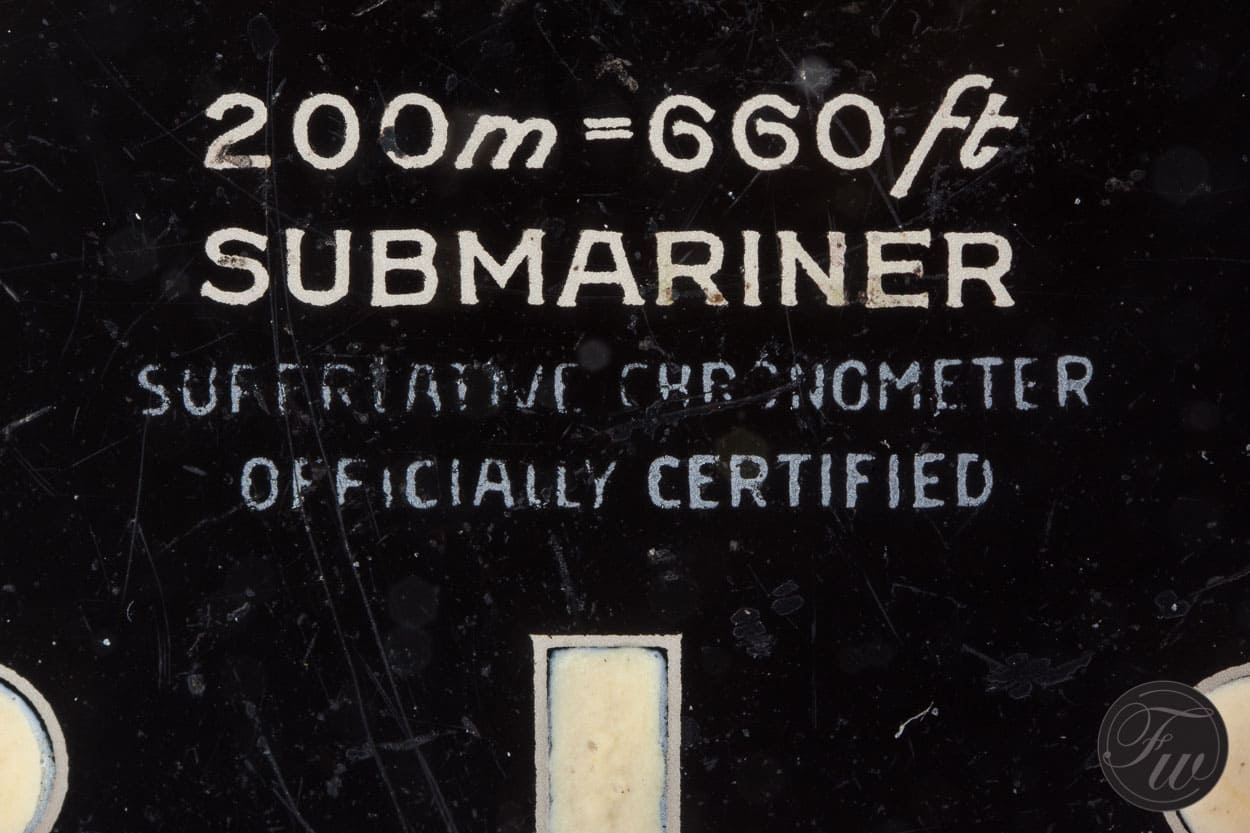Discussing Tracking Watch Accuracy With A Watch Geek
When I “rotated” the one and only watch on my wrist back in the day, I remember how obsessed I was with its accuracy. Every few days I set the time against a known source to be sure I always had the most precise time possible.
Since more watches have entered my collection, I seldom wear the same watch for a few days in a row. Even if a watch comes for review, I switch it during the day, just to refresh my eyes. I don’t know what your vibe is, but when I have a watch on my wrist for one day only, watch accuracy is not an issue for me. Once I put the watch aside, I have no clue when it comes back on the wrist. That means I always need to set and wind it again to feel like I have the most precise mechanical timepiece. Which is not true…
Watch accuracy nerds
I bet the blessed readers that somehow manage to keep their collection down to a few pieces know the precision of their watches very well. The simplest way how to track accuracy is with good ol’ pen and paper. Warning: you might want to chuck in a bit of patience and discipline to track the time drifts day by day. Boring? Indeed.
What you see above is the other extreme. An example of an accuracy maximalist and one of my watchmaker’s customers. As you see in the graph above, Matěj (the biggest watch nerd I know) compares the accuracy of his IWC watch twice a day against International Atomic Time. If you are still not impressed, notice the different colors. Matej tracks the accuracy in seven different positions. He marks down the measurements into an Excel file and then he uses R Projects for statistical computing to process them into a fancy visual like the one you see above.
Be accurate on accuracy
Matěj points out that instead of the drifts from the atomic time he focuses more on changes between each measurement. “When a watch is 5 seconds faster in the morning and 5 seconds late in the evening, someone sees a perfectly balanced movement. I see a 10 seconds difference, which in my view is not exactly a perfectly tuned watch,” explains Matěj.
Each watch is specific and behaves differently when it ages. Searching for ultimate truths doesn’t pay off and it’s better to understand each timepiece. “I also take into account whether the watch is fully wound or not. I have a watch which runs slower with a lower power reserve, but another that goes faster with a lower power reserve.”
What is it all good for?
Do you consider Matěj’s academic approach to tracking accuracy a bit of a stretch? Well, I believe it takes a lot of dedication that only a few could go for, but understanding your watch does offer real use benefits. If you know exactly in which position the watch runs slower or faster, you can theoretically regulate the operation by careful and thought-through storage. “If your watch runs slower on the wrist, it’s useful to put it in a fast-running position overnight. This way you don’t need to manually reset the time as your watch can catch the delay and precision by the next morning.”
Matěj highlights that his accuracy tracking system still has room for improvement, as he does not take temperature changes or regular specific time into account. To minimize the effect he uses different statistical methods. He also highlights automatic watches without a power reserve indication that complicates tracking accuracy.
Accuracy and watch service
When do you decide to take the watch for a full spa? Some collectors strictly stick to watch service intervals declared by manufacturers. We compared some of them in a recent article. Based on my experience (and the price of a full watch service and long turnaround times) many collectors do it in a random fashion and usually postpone it by months or years. It is common for collectors to service watches based on their watch buying/selling habits or when getting it serviced randomly crosses their mind (or when it is absolutely necessary, if, for example, it stops).
For Matěj tracking watch accuracy is an important aspect when deciding about servicing his watches. “When I notice that the movement is gradually slowing and the differences in accuracy in various positions are getting bigger, that’s a signal for an oil change.”
Twixt App
If you like the idea of tracking the accuracy of your watches, but Matěj‘s methodology scares you a bit, there is an easier solution. Actually, it’s a genuinely simple, effective, and pretty amusing solution. All you need to do is download a mobile app called Twixt (which costs €10). This is, by the way, double what it used to cost a few years ago, so I assume the app is popular. But if you ask me, it’s money well spent.
If you are not familiar with the app, it’s quite intuitive. On a timeline, you click “+” and select the seconds hand format of the watch you want to test. After that, the app asks you to take a shot of the dial and the real magic begins. You need to align the target with the center of rotation of all the hands. You also need to align the colorful lines with the length and position of the hands. Check the image timeline above, the process is really engaging and ultimately cool. I never get bored of it.
How does it work?
Twixt compares the set hands’ position against the picture metadata of the time the image was taken. After you add another snapshot after 24 hours, the Twixt app starts showing you the running precision data. The real beauty is that you don’t need to do the measurements every day and at the same time. The app is smart enough to run the calculations. The more snapshots you make over time, the richer the data you accrue.
What is clever about this app is that it circumvents the need to lay your watch on top of the phone so the microphone can “hear” the watch operating. This was quite popular with many of these early timing apps but came in for obvious criticism when it was pointed out by all asunder that cellphones are a prime source of magnetism.
In Twizt, all the watches with their cute thumbnails are perfectly in order with the latest measurement on top. When you click on the measurement results on the right you can switch between the last accuracy rate from the last measurement, the average precision rate, and the cumulative gain or loss for the entire period of tracking. So simple, but so effective.


